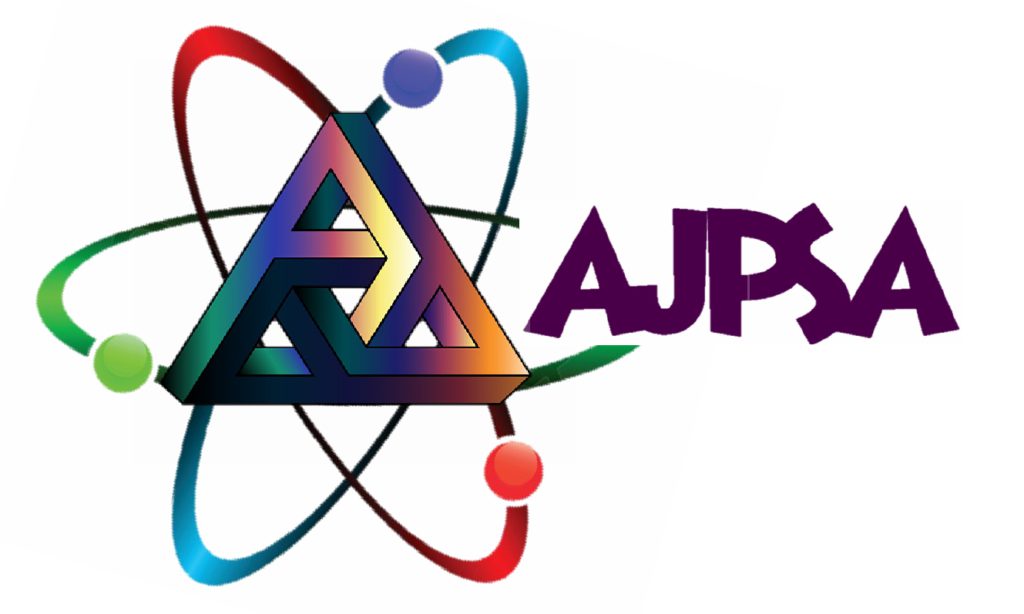
Phone: + 1-425-605-0775
Email: [email protected]
Address: Society for Makers, Artist Researchers and Technologists. 6408 Elizabeth Avenue SE, Auburn, WA 98092, USA
Menu
volume 1 issue 3
1.Dijet production in generic contact interaction at linear colliders
Author: Swapan Majhi
Abstract: We consider dijet production at a e+e– collider in a class of effective theories with the relevant operators being four-fermion contact interaction. Despite the nonrenormalizable nature of the inter- action, we explicitly demonstrate that calculating QCD corrections is both possible and meaningful. Calculating the corrections for various differential distributions, we show that these can be substantial and significantly different from those within the SM. Furthermore, the corrections have a very distinctive flavor dependence.